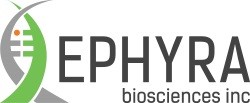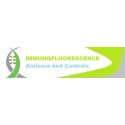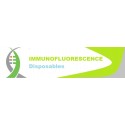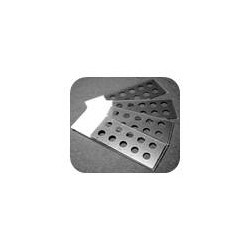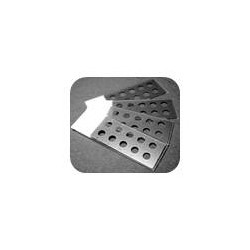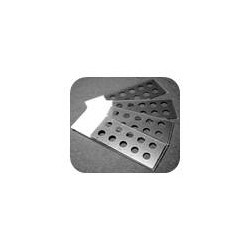Immunofluorescence
Immunofluorescence is based on the use of specific antibodies which have been chemically conjugated to fluorescent dyes. These labeled antibodies bind directly or indirectly to cellular antigens. The technique has a number of different biological applications including plant pathogens detection. The fluorescent dye is excited using high energy l...
Immunofluorescence is based on the use of specific antibodies which have been chemically conjugated to fluorescent dyes. These labeled antibodies bind directly or indirectly to cellular antigens. The technique has a number of different biological applications including plant pathogens detection. The fluorescent dye is excited using high energy light, which is absorbed and emitted as light of a different wavelength. The emitted fluorescence can be visualized using fluorescence microscopy. The immunofluorescence technique allows for a visualization of the presence, as well as the distribution, of target molecules such as pathogens in plant samples. There are two classes of immunofluorescence techniques, primary (or direct) and secondary (or indirect). Secondary, or indirect, immunofluorescence uses two antibodies; the unlabeled first (primary) antibody specifically binds the target molecule, and the secondary antibody, which carries the fluorophore, recognises the primary antibody and binds to it. Multiple secondary antibodies can bind a single primary antibody. This provides signal amplification by increasing the number of fluorophore molecules per antigen. This protocol allows more flexibility because a variety of different secondary antibodies and detection techniques can be used for a given primary antibody
Immunofluorescence There are 34 products.
Subcategories
-
-
-
-
-
-
Goat-anti-rabbit IgG(H+L)Cy3™ lyophil.
Secondary antibody for immuno fluorescence testing using rabbit antisera.
-
Goat-anti-rabbit IgG(H+L)FITC lyophil.
Secondary antibody for immuno fluorescence testing using rabbit antisera.

